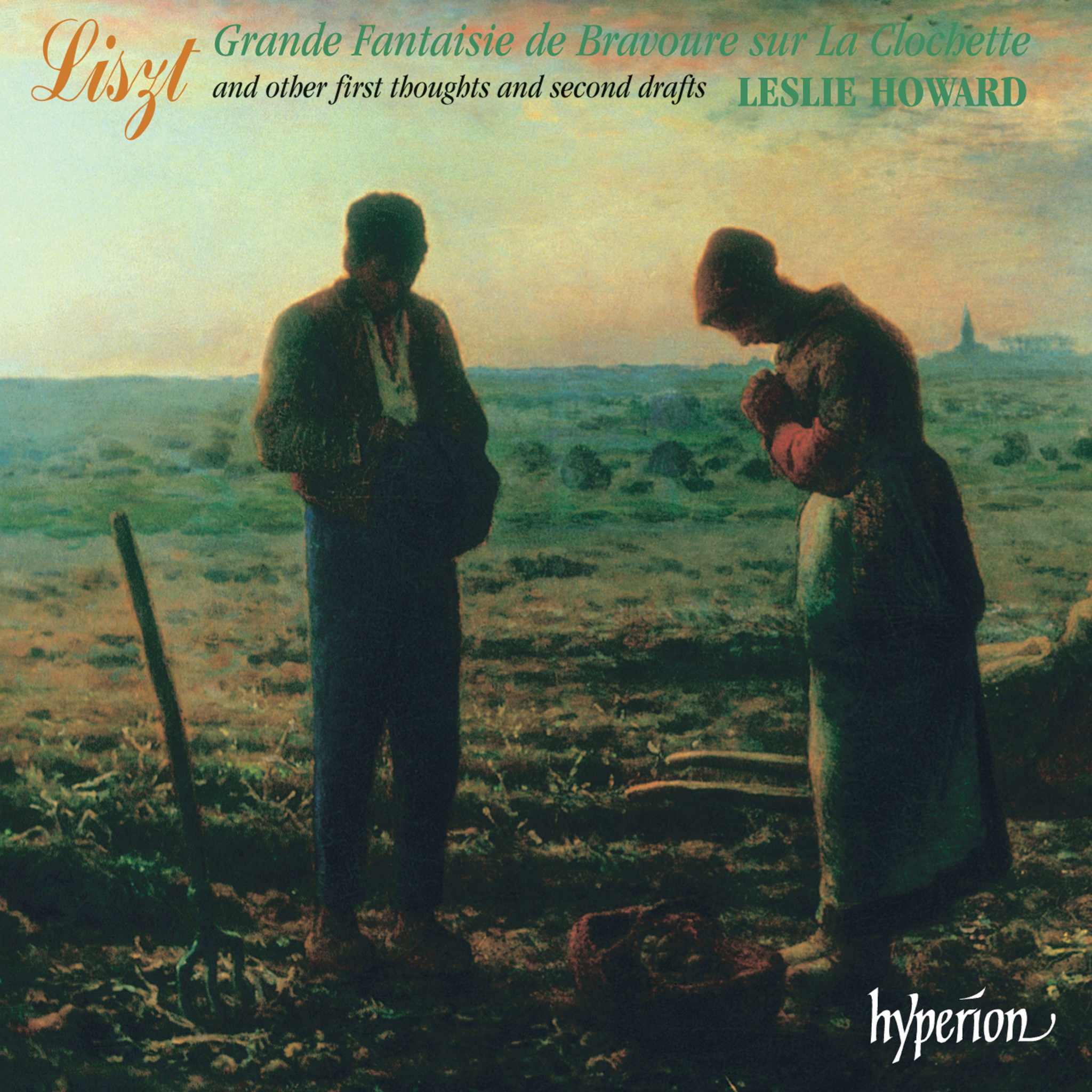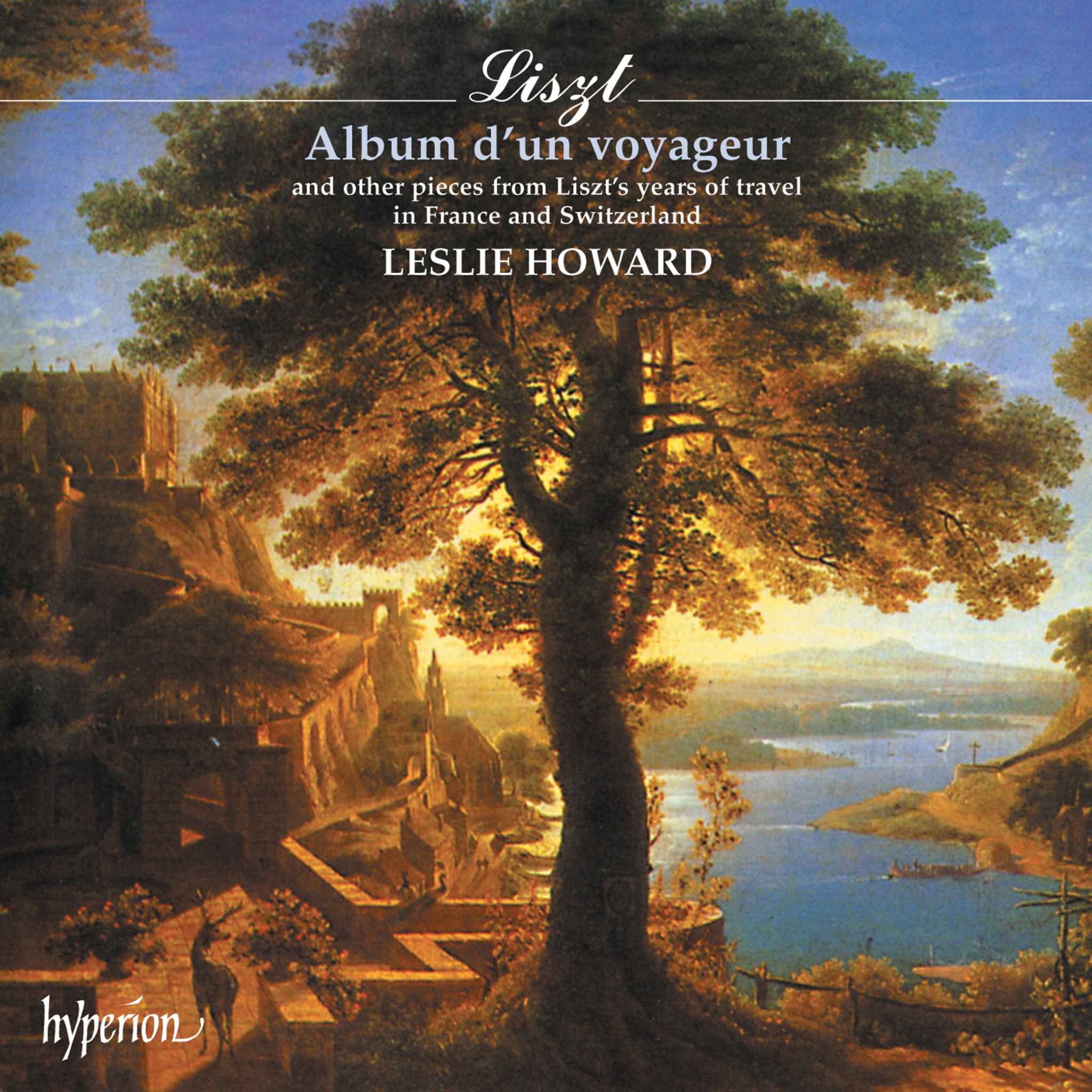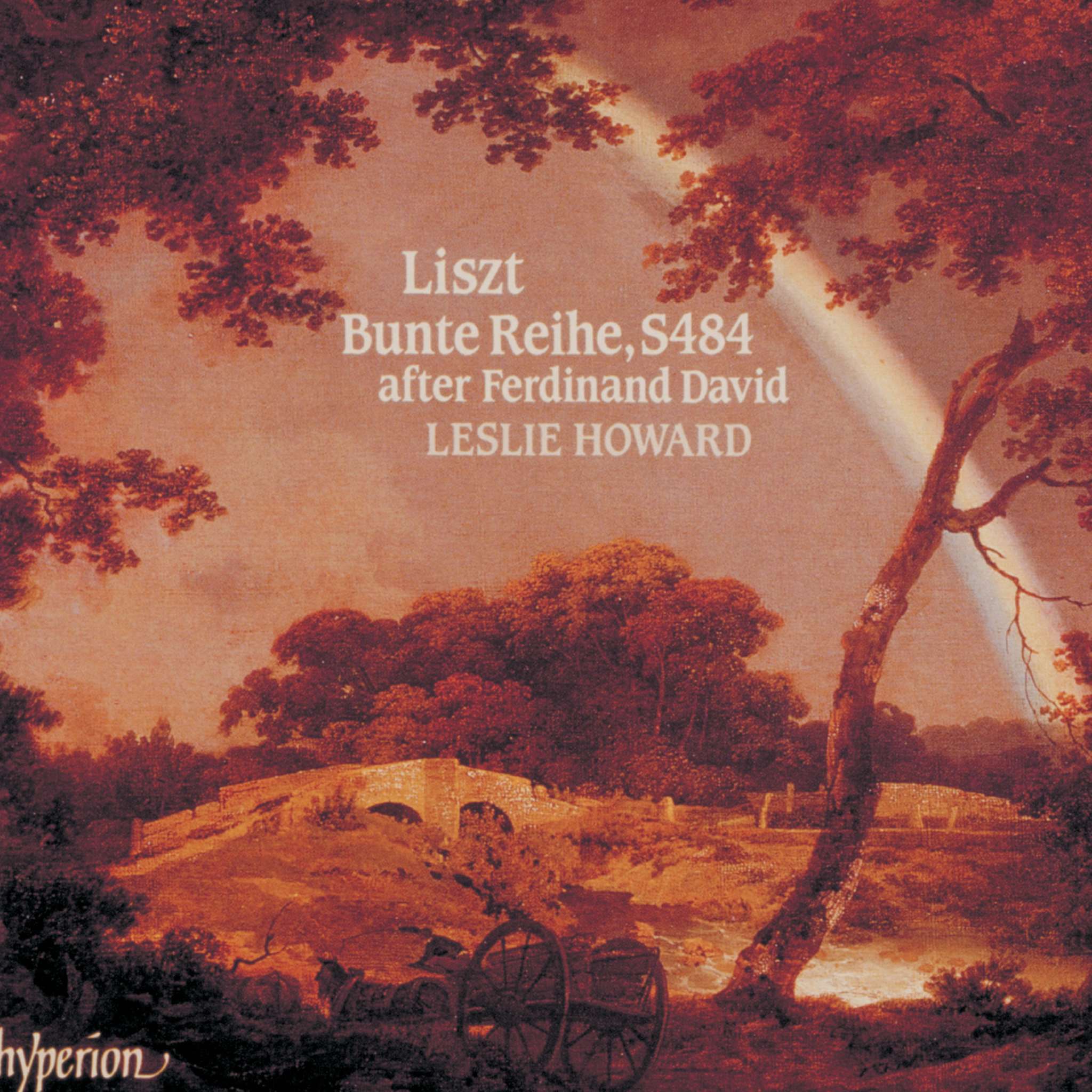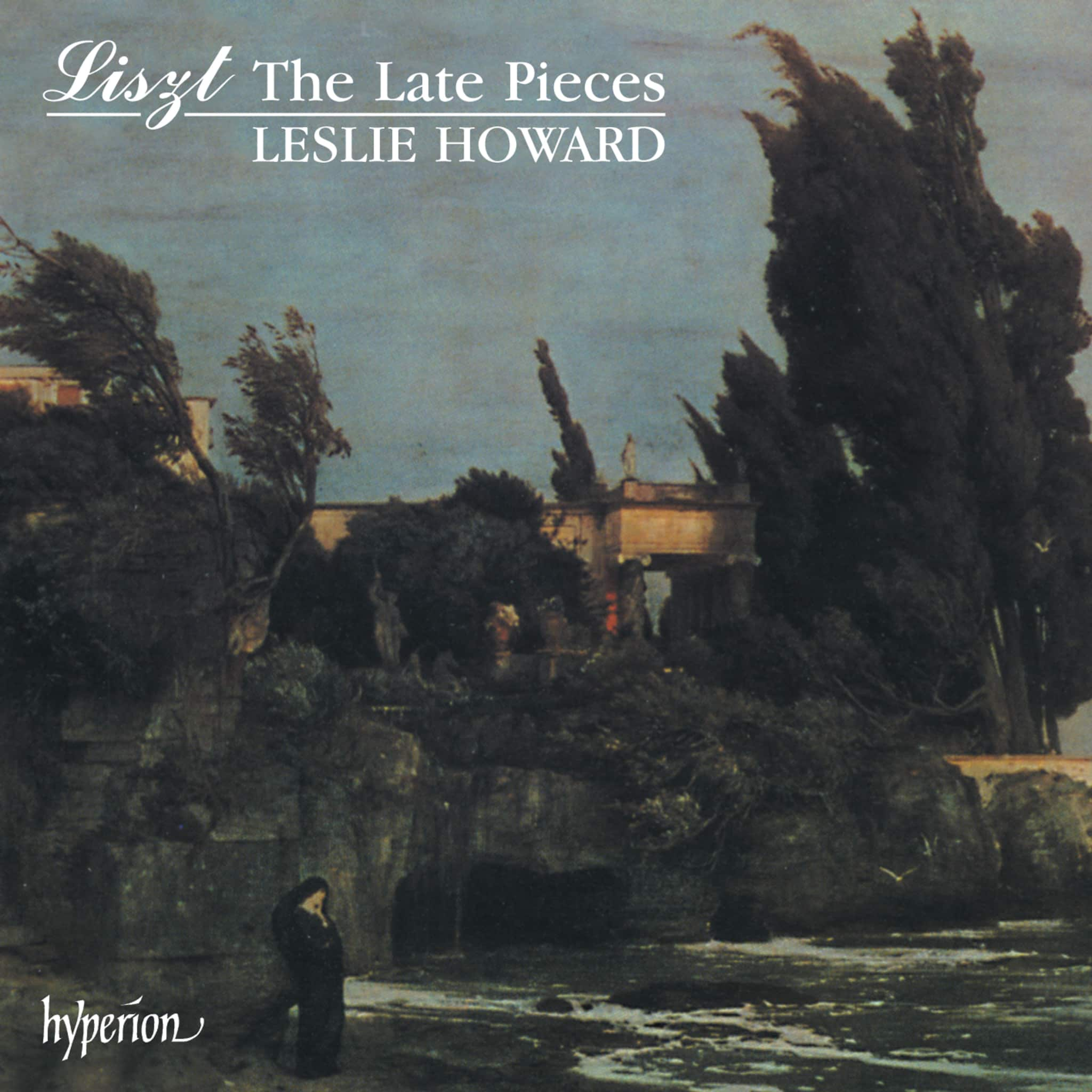Album insights
During Liszt's travels in the mid-1830s, he frequented Italy, responding to the country and its music with a plethora of his own compositions and transcriptions. His works inspired by Italy include fantasies and transcriptions of Italian operas and songs, as well as original compositions influenced by Italian landscapes, art, and literature. Liszt's deep immersion in Italian culture through his music could arguably be considered the most significant Italian piano music of the 19th century. His fascination with Italian operas shaped his melodic style, reflecting in youthful works, piano études, and early songs. Liszt paid tribute to various Italian composers through opera paraphrases and transcriptions, encompassing a range from well-known figures like Bellini to lesser-known composers. Additionally, his compositions were inspired by Italian art, literature, and landscapes, celebrating cities like Venice, Naples, and Rome, while also honoring Italian saints and the Church of Rome, a reflection of Liszt's profound connection to Italy.
A significant addition to Liszt's repertoire came from his transcriptions of Rossini's Soirées musicales, which were enthusiastically embraced into concert repertoires upon their 1835 release. Liszt's method of transcription, akin to his approach to German folk songs, involved merging original piano parts with vocal sections while respecting the form of the original composition. Although these works are challenging to obtain in accurate editions today, they remain influential, impacting later composers like Britten and Respighi. Liszt's meticulous transcription process involved comparing original editions and correcting errors from previous versions to capture the essence of Rossini's compositions accurately.
Saverio Mercadante, a composer akin in stature to Rossini, saw a selection of his Soirées italiennes transcribed by Liszt in contrast to the more extensive treatment of Rossini's collection. Liszt carefully chose pieces from Mercadante's work that diverged significantly from Rossini's style, resulting in challenging yet rewarding transcriptions that are scarce today. The addition of Liszt's Nuits d'été à Pausilippe offers a diverse perspective on Italian themes, extending the repertoire and presenting more nuanced portraits of Italian settings. Liszt's engagement with Petrarch's Sonnets led to the composition of intricate piano pieces, demonstrating a deep appreciation for the literary and poetic qualities of Petrarch's works.
Venezia e Napoli, initially a set of piano pieces from 1840 that Liszt considered not publishing, was revised in 1859 with the addition of new compositions. The series, part of Liszt's Deuxième Année, remained immensely popular and showcased Liszt's ability to capture the essence of Italian themes. Liszt's Fantasies based on themes from the Soirées musicales provide a dramatic finale, offering a glimpse into a different perspective of Rossini's works and drawing comparisons to Liszt's early operatic paraphrases.






